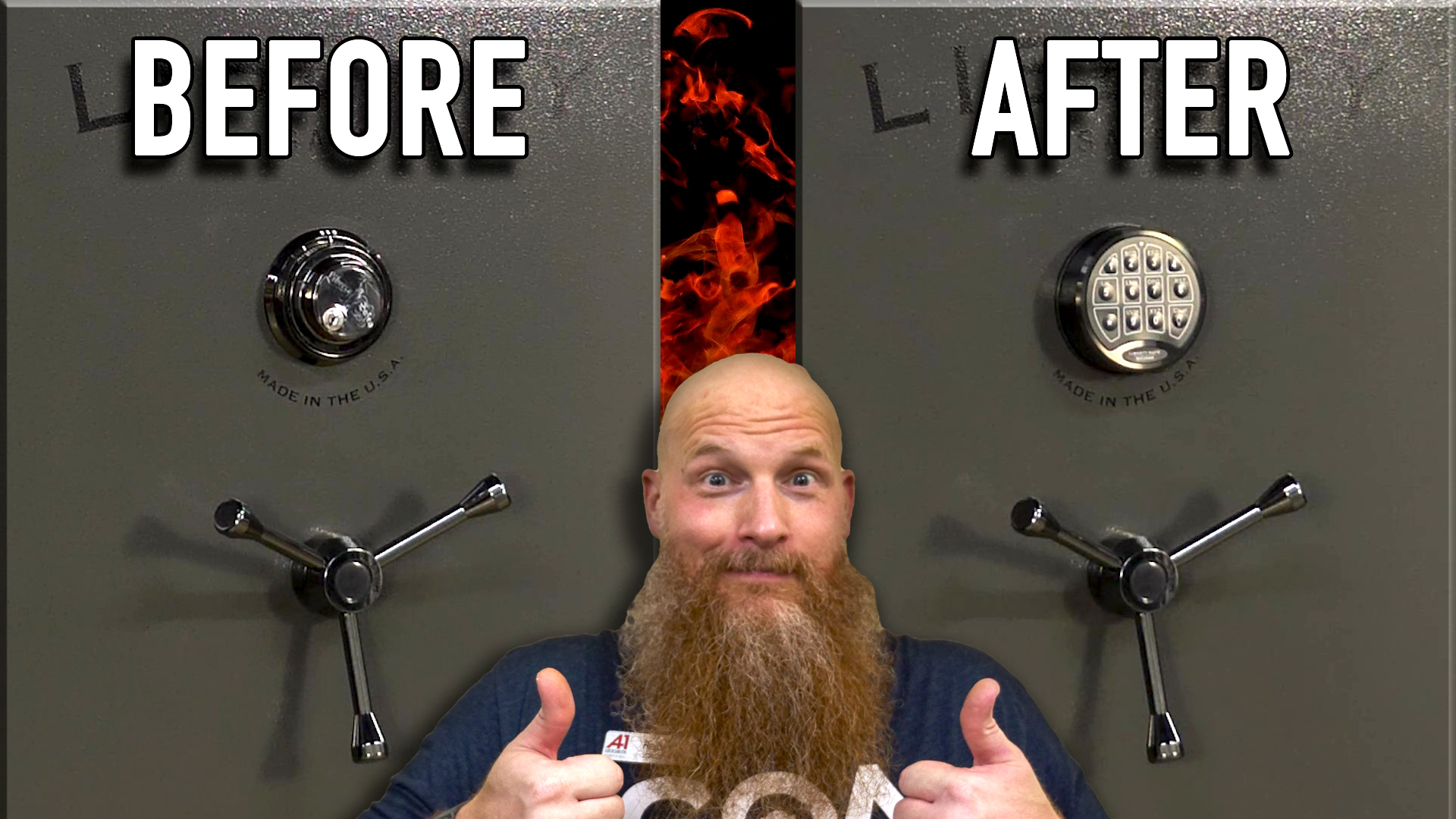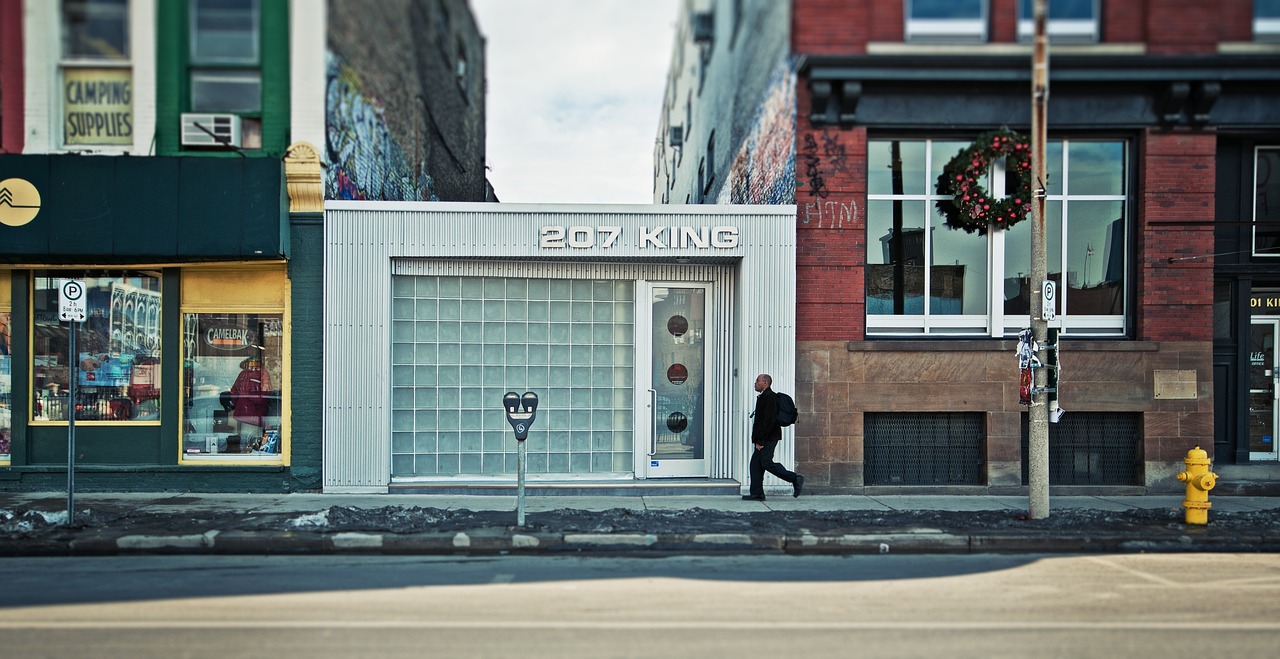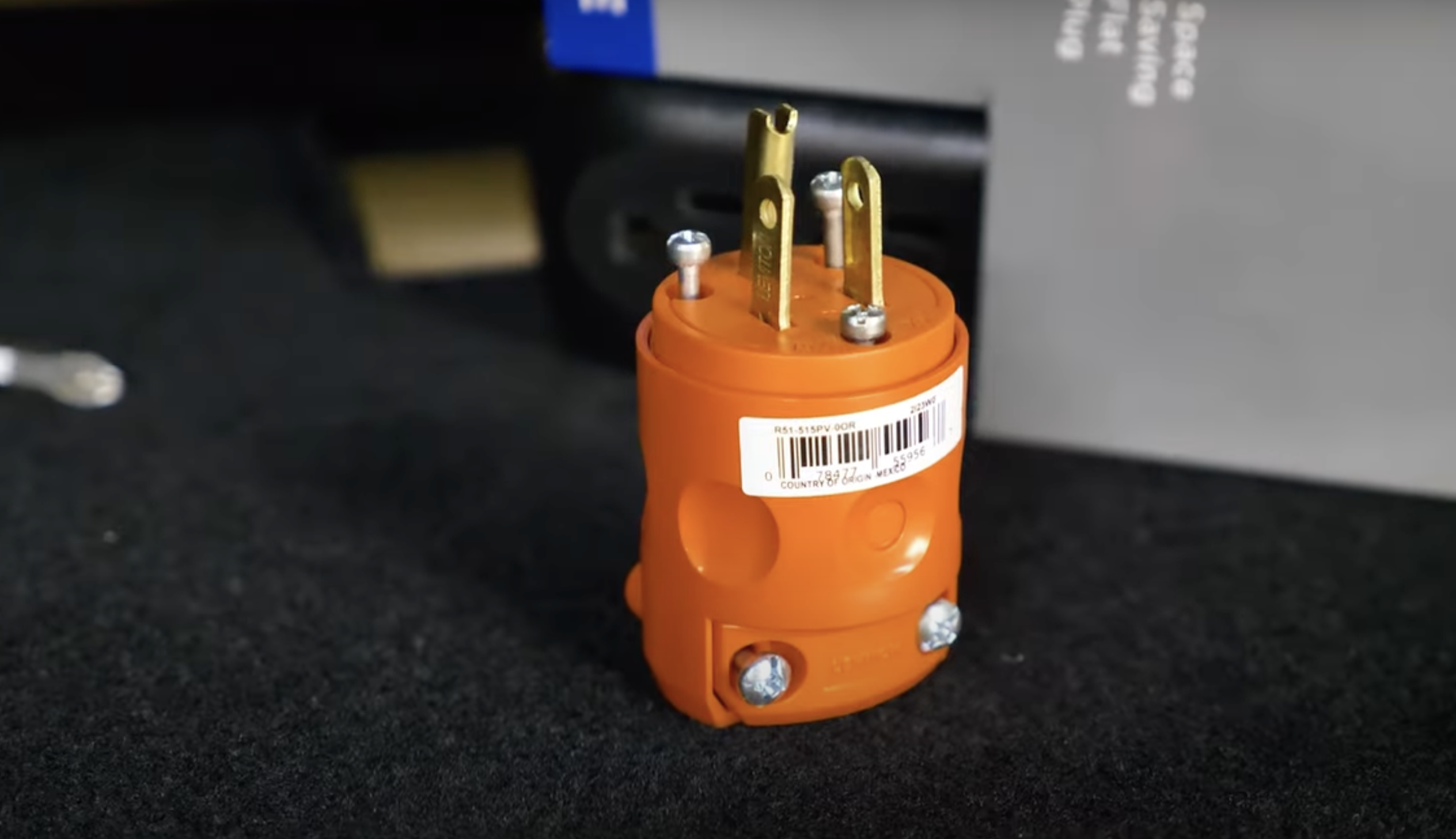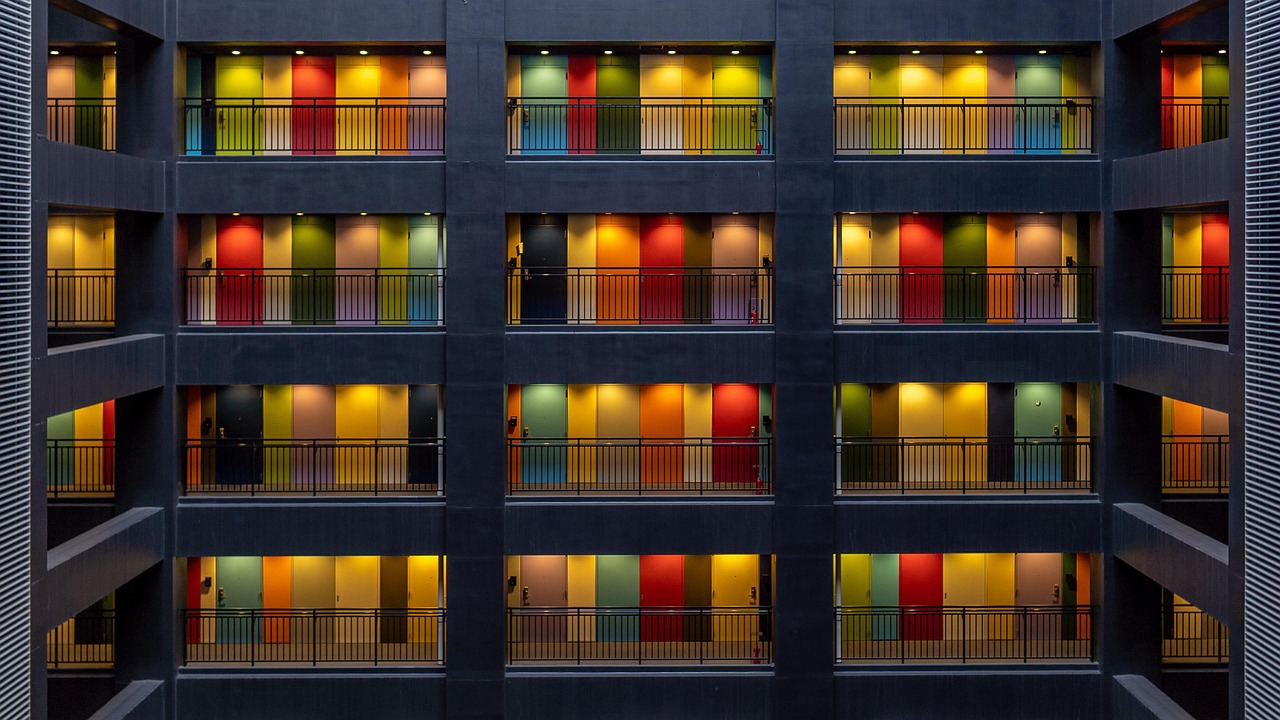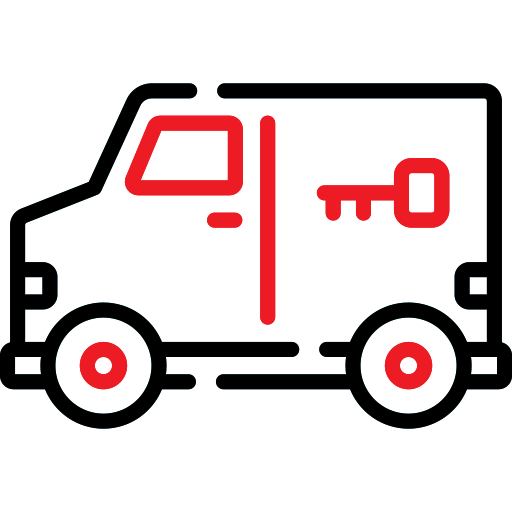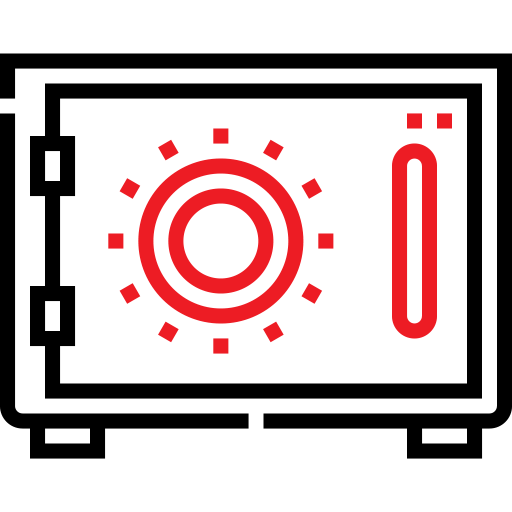UL? TL? B-Rate? C-Rate? No, these aren’t acronyms for movies or some sort of SAT test question. They’re different safe ratings and are actually very important when it comes to shopping for a safe, as they explain the safe’s ability to withstand fires or burglars.
Let’s take a look at some of the most common safe ratings and what they mean, then let’s see how you can choose the right safe for your needs.
Common Safe Ratings, Explained
Safe ratings are complicated and there are a wide variety of different rating types and sub-types. But most safe ratings fall into one of the two following categories: burglary and fire. Here are some of the most common safe ratings and what they mean:
- UL: This rating is named after the company that gives them out, Underwriters Laboratories, “a nonprofit organization dedicated to advancing the UL Mission through the discovery and application of scientific knowledge.” UL hands out half-hour, one-hour and two-hour fire labels to identify a safe’s fire, explosion and impact resistance. The time basically refers to how long the items in the safe will last unharmed in a fire.
- TL: This stands for “tool resistance” and is a good indicator of how a safe will stand up to burglars trying to access it. TL-rated safes will stand up against a wide variety of lockpicking tools (drills, wheels, saws, etc.). TL ratings vary based on time.
- B-Rate: Safes with this rating are minimally tested (if at all) and have a door that is half an inch or less in thickness. Basically, if a safe has a locking device, it has enough to earn this rating, but it’s one of the least-reliable ratings against burglaries.
- C-Rate: Like B-Rate safes, but with a door at least an inch thick and with relocking devices. These safes are a bit more reliable than B-Rates and much more reliable than many safes without ratings.
There are other ratings (e.g. insurance ratings) and other rating companies (e.g. ETL), but these are some of the most common. A professional locksmith can give you more information about other ratings.
How Do You Know Which Rating Is Right for You?
The best way to pick the right safe is to visit a professional locksmith, look at different safes in person and ask lots of questions. The locksmith will assess your situation and give you some advice on his or her recommended choice. Here are some examples of questions you can ask about any given safe:
- What is the material being used for fire protection?
- How thick is the safe?
- Is there any warranty if the safe is in a fire?
- What was the safety rating process like for this safe?
- Are there any vulnerable points?
If you have any questions about safe ratings or are interested in purchasing a new safe, give the A-1 Locksmith team a call today at (972) 284-7500 or visit any one of our Dallas-Fort Worth locations.

